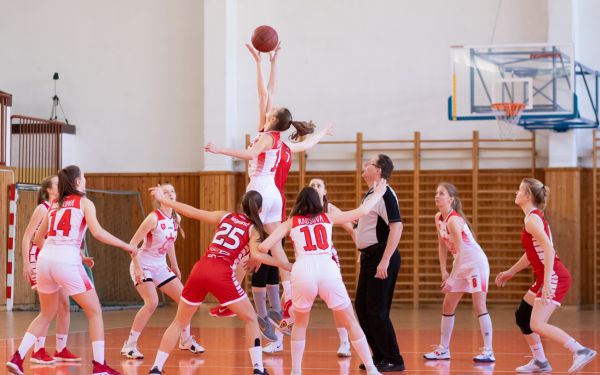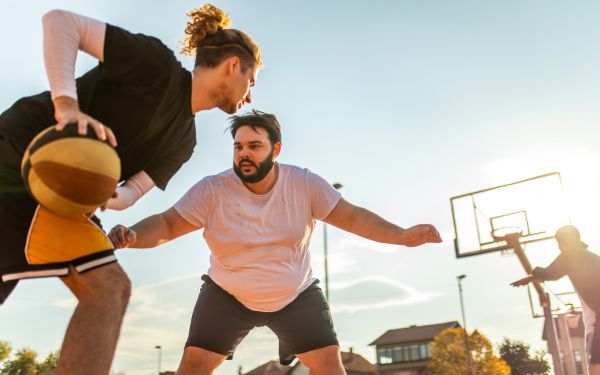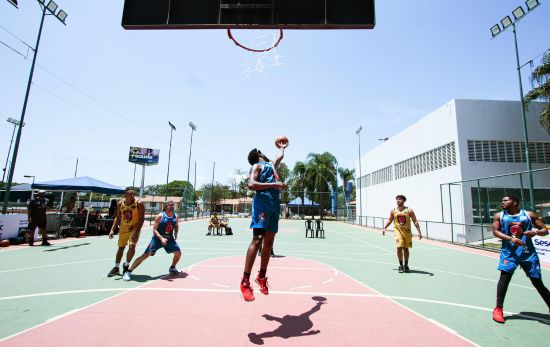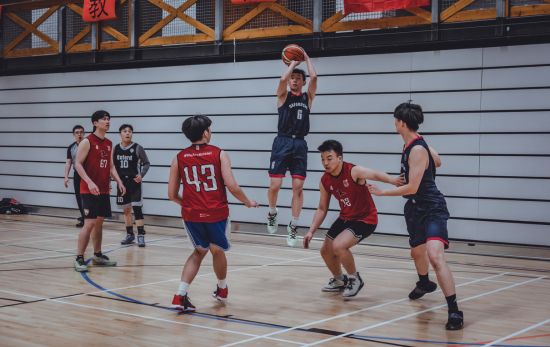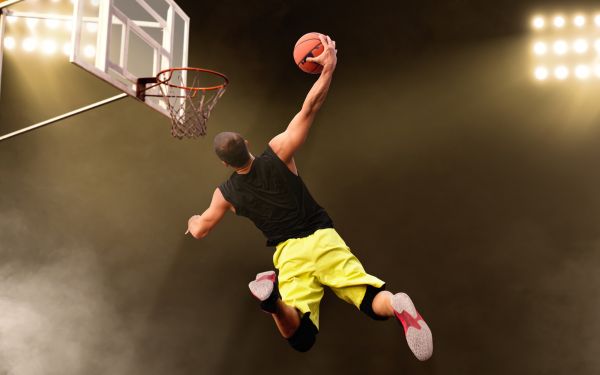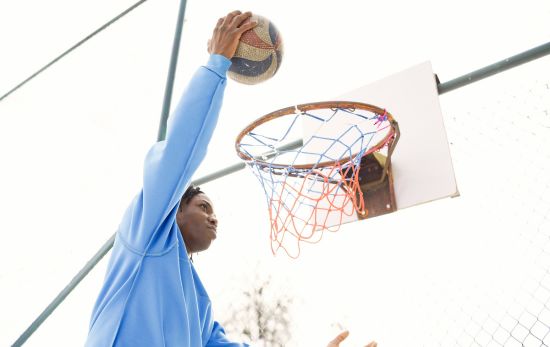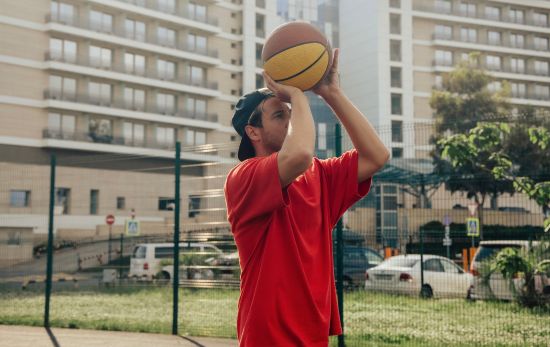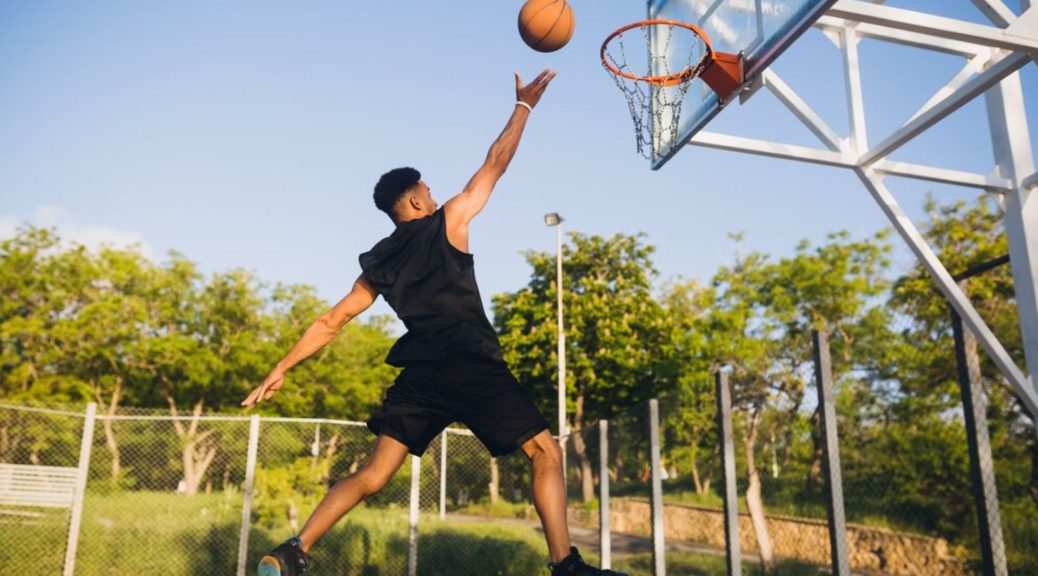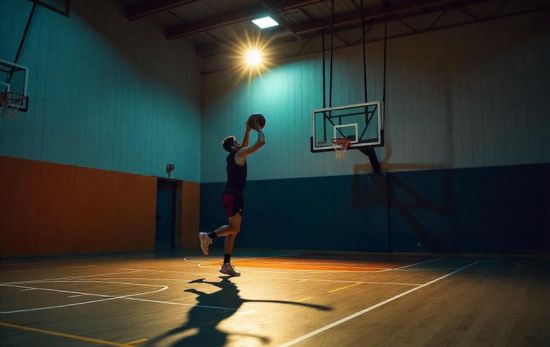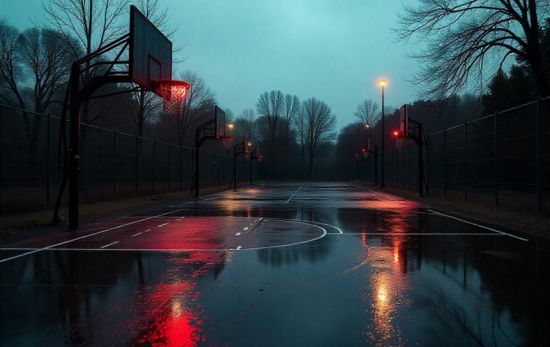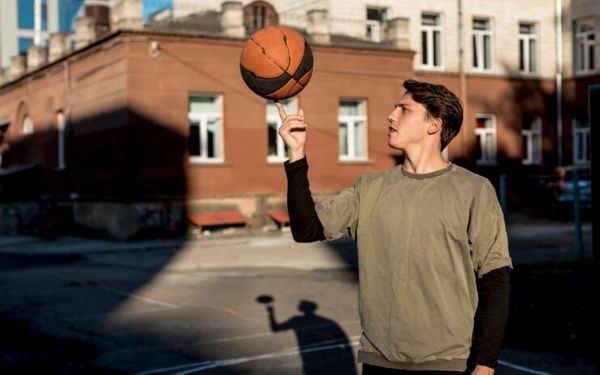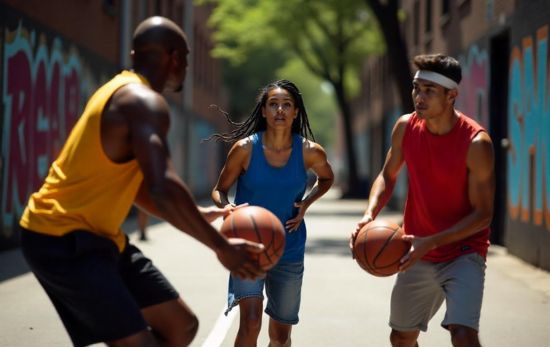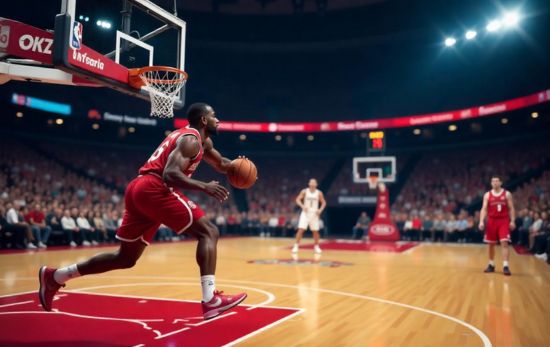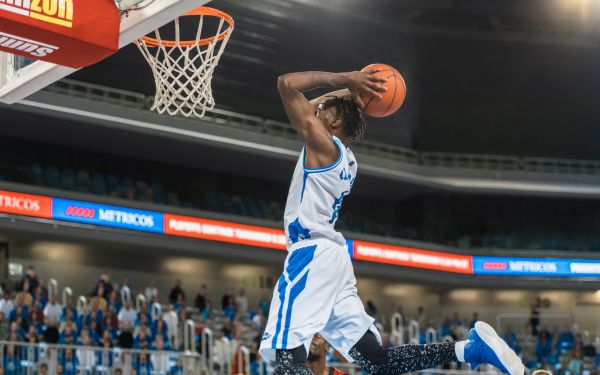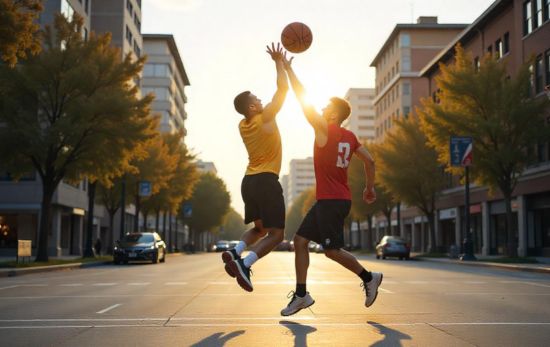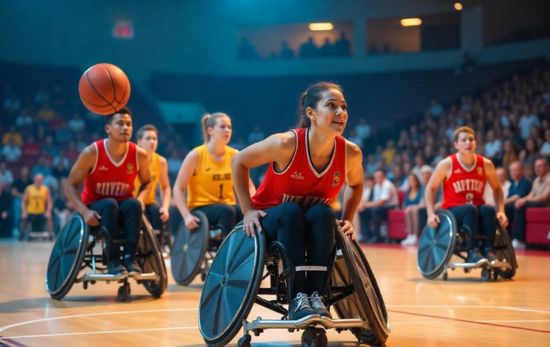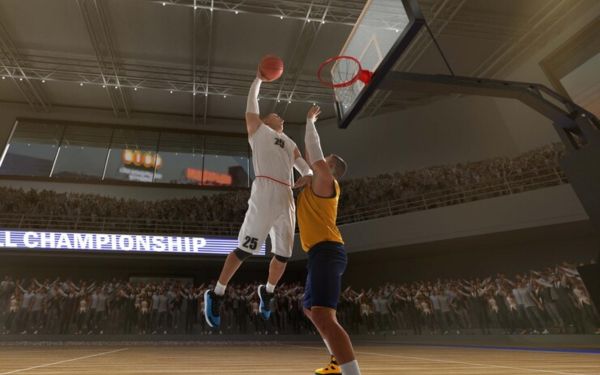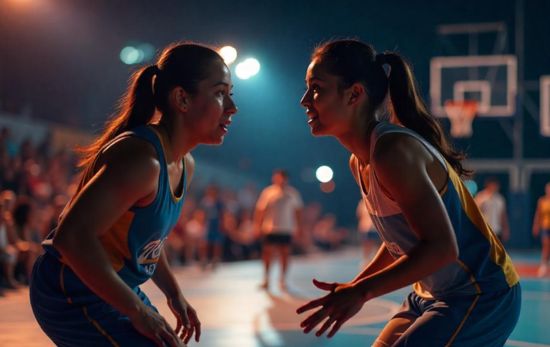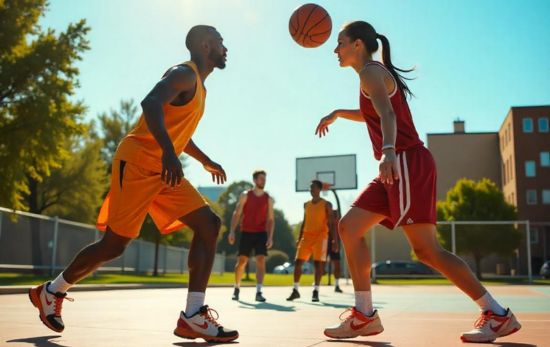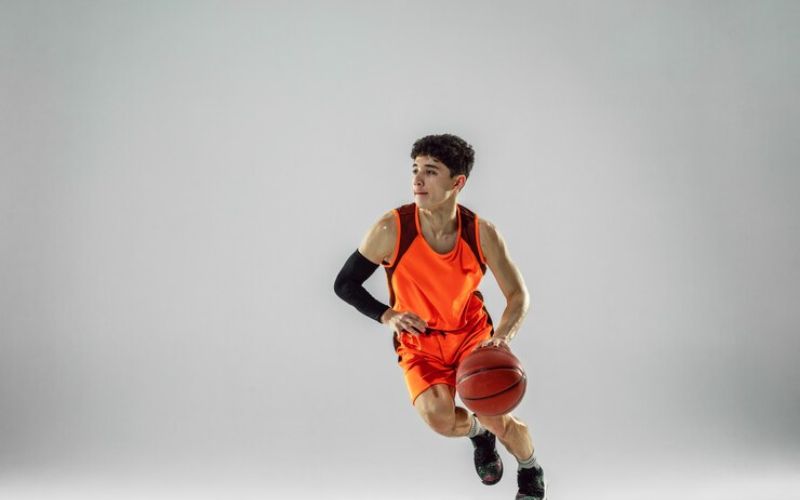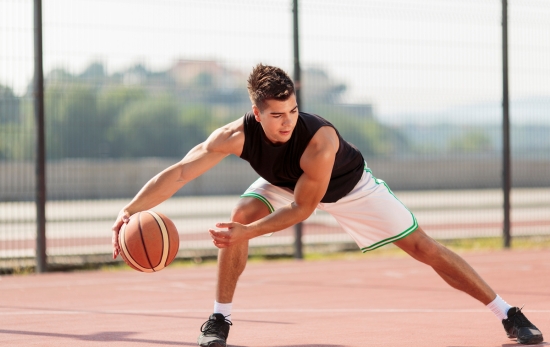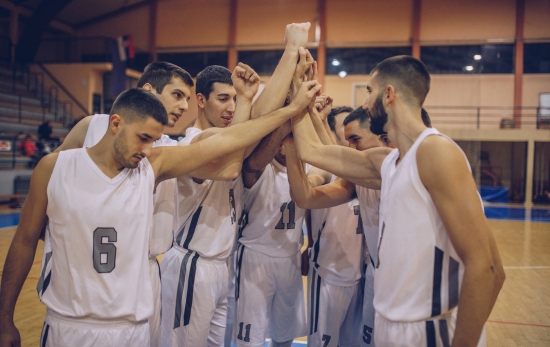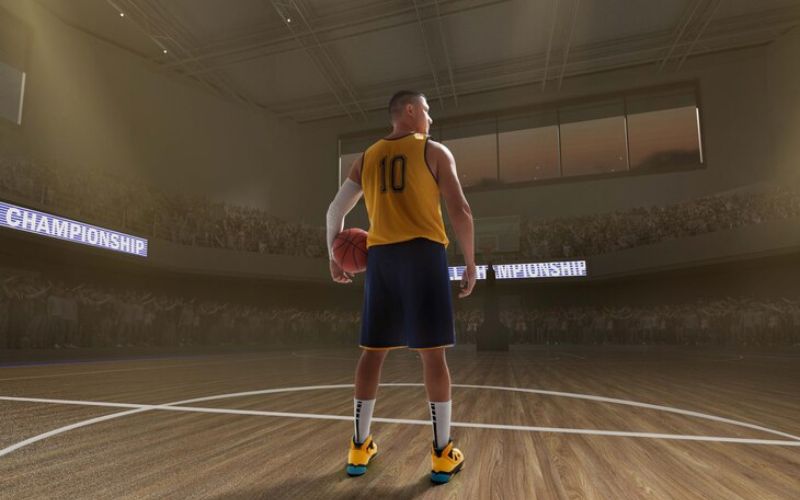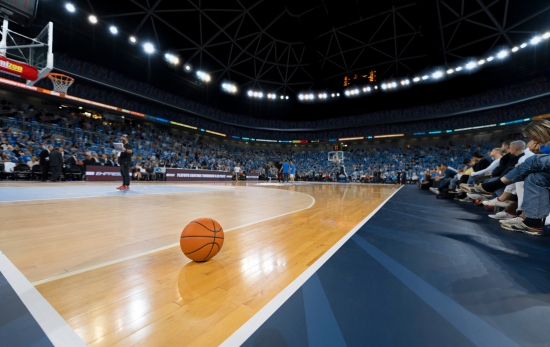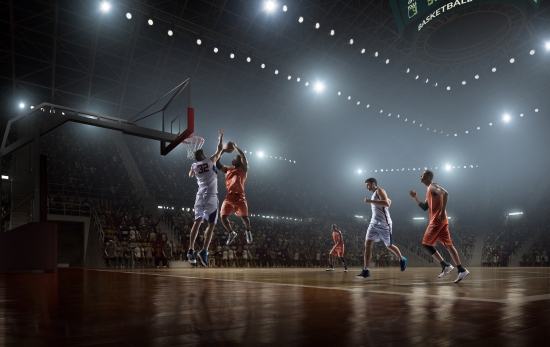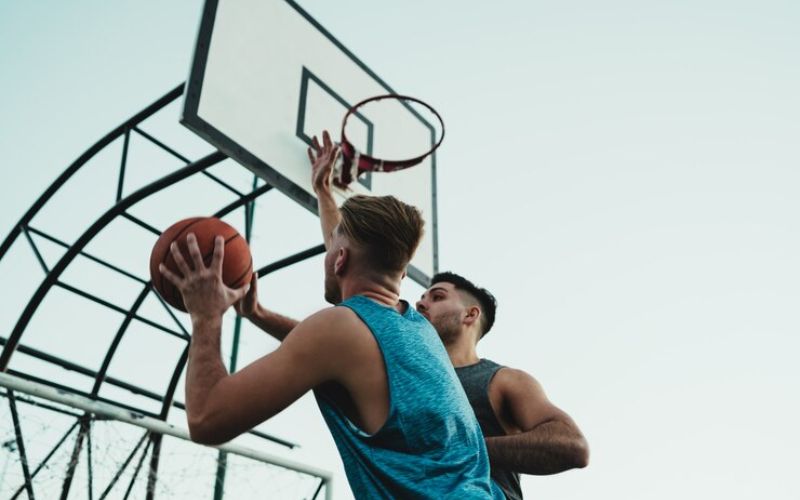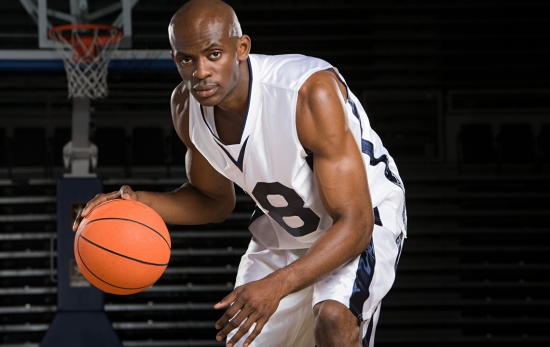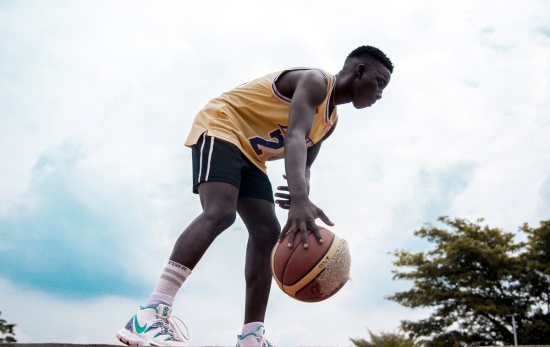Bumping into each other often happens in a high-stakes basketball game as the teams fight for rebounds, set screens, or drive to the hoop. Though basketball has never been traditionally considered to be a contact sport like football or rugby, the physicality of the game often leaves fans and players pondering, “Is basketball a contact sport?
The study, therefore, encompasses the physical requirements of basketball, examines its rules regarding contact, and outlines how defensive strategies, mainly basketball defense drills, function as a key to mastering the sport’s exceptional demands.
The Physical Nature of Basketball
What Defines a Contact Sport?
A contact sport is typically defined as one where physical contact between players is integral to gameplay. Examples include football and rugby, where tackling or physical clashes are part of the rules. So, is basketball a contact sport? While contact isn’t the primary objective, it’s inevitable due to the game’s dynamic nature.
Contact in Basketball: Expected or Avoidable?
Basketball involves frequent player interactions that can lead to physical contact:
- Rebounding Fights: Players rebound and fight for position under the basket. While shoving for position, players sometimes unintentionally run into each other.
- Driving to the Hoop: Defenders will reach in on the ball to contest the shot. Sometimes, they will even get called for fouls or take big hits.
- Screens and Picks: Setting screens or picking for teammates can easily result in contact with the body.
Physicality as a Strategic Advantage
Although excessive physical contact is penalized, controlled physicality is necessary for success. Players who can assert their presence on the court through rebounding and boxing out or setting effective screens often dominate the game. The question of whether is basketball a contact sport assumes greater significance in such scenarios.
Rules Governing Contact in Basketball
The Role of Referees in Regulating Contact
To balance the physical nature of the game with player safety, basketball referees implement rules and can allow some contact but penalize it if it is deemed excessive or unfair.
Types of Fouls in Basketball
The basketball rules have developed different types of fouls to address physicality:
- Personal Fouls: From illegal physical contact such as pushing or hitting.
- Offensive Fouls: These fouls happen when an individual in possession of the ball makes an unfair contact, for example, charging.
- Flagrant Fouls: This involves forceful or unnecessary physical contact, leading to severe penalties.
How Rules Shape the Game’s Physicality
Over the years, basketball has evolved to prioritize skill and agility over brute strength. For example, the hand-checking rule in the NBA makes it impossible for defenders to physically stop offensive players for substantial periods of time, thus making the game faster and more dynamic. Still, the argument remains: basketball – contact, or not?
Basketball Defense Drills: A Key to Success
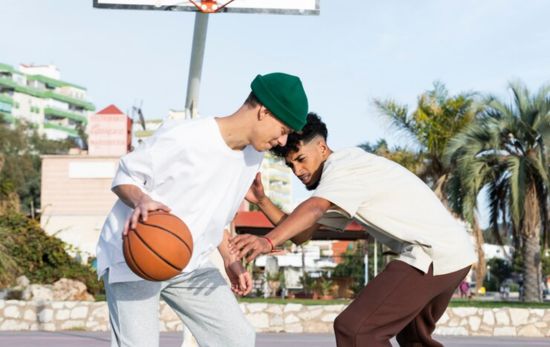
Why Defensive Skills Matter
In basketball, wherein the game requires contact, mastering defense is very important. Effective basketball defense drills help players handle contact strategically and in control without committing fouls.
Top Defensive Drills for Players
The following are some of the key drills for mastering defensive skills:
- Close-Out Drill: Teach the player how to approach shooters aggressively yet under control with minimal unnecessary contact.
- Rebounding Drill: Coach players on gaining rebounds by boxing out opponents, a position that often involves contact.
- Defensive Slide Drills: Develop lateral quickness and show that defenders can stay in front of their offense without fouling.
- One-on-One Drills: Engage individual defensive skills and reproduce game situations that include physical contact.
Role of Team Defense
Team coordination is very important to a good defense. Switching, help-side defense, and double-teaming rely heavily on communication and knowledge of when to use physicality. These are the strategies that, when practiced in drills, keep teams at par with opponents in the basketball physicality aspect.
The Balance Between Physicality and Safety
Minimizing Injuries in a Physical Game
Basketball sports increase injury risks as a result of its physical nature. However, some measures to reduce risks of injury are available:
- Proper Conditioning: Strength and agility training equip players against the potential stresses associated with playing the game.
- Protective Gear: Ankle braces, knee pads, and mouthguards prevent some of the common injuries.
- Good Technique: Drills like rebounding or defensive slides make the kids focus on proper form, therefore keeping the contact risk to a minimum.
Sportsmanship: The Unsung Hero
Only fair play and mutual respect between basketball players can sustain that balance. Coaches and referees must shape the playing atmosphere in such a way that physicality is not translated into aggression.
Basketball: Is It a Contact Sport?

The Case for Yes
From almost every angle, basketball is at least a contact sport:
- Physical contact happens as part of gameplay, especially in defensive plays, rebounds, and fast breaks.
- A controlled block or screen is part of the game.
The Case for No
Basketball is different from traditional contact sports because:
- Physical contact is ancillary, not an end.
- The rules harshly penalize excessive or dangerous physicality and thus emphasize skill and finesse over brute force.
A Middle Ground
Perhaps the best answer lies in the conceptualization of basketball as a semi-contact sport. Although it’s undeniable that basketball incorporates physicality into the game, the intent always remains to hone skills and strategy with teamwork. Nonetheless, asking whether or not basketball is a contact sport opens up an interesting exploration of the potentials of this game.
The Role of Basketball Defense Drills in Physical Play
Defensive drills are not just about honing their skills—they also teach players how to deploy physicality effectively and legally. Whether one is perfecting the art of closing out or mastering boxing out for rebounds, basketball defense drills will prepare players for the physical challenges that basketball games entail.
By integrating these drills into practice routines, players can develop the strength, agility, and discipline needed to thrive in a game that walks the fine line between contact and skill.
Conclusion
The physical nature of basketball immediately leads to the question, “Is basketball a contact sport?” While the game is not built around collisions and physical battles, contact naturally results from the fast-paced, competitive environment. Mastering defensive skills through drills on basketball defense is important for players as a means of effectively negotiating this physicality.
This is a sport that combines skill, strategy, and lots of physicality, thus giving it a very exciting personality. Knowledge of its physical nature and how one could control it would be an enhancement that would be appreciated by both players and fans alike.
If you are ready for the new basketball season ahead, the right gear could make all the difference. For teams and players who desire a professional look without breaking the bank, cheap jerseys could just be the solution. Whether you are dressing up your team or updating your personal collection, these affordable options never compromise on quality or style. Ready to upgrade your team’s look? Order here to explore our wide range of budget-friendly jerseys designed for both performance and durability. Looking for bulk orders or customized options? Don’t hesitate to request a quote for custom packages that meet your specific needs.

